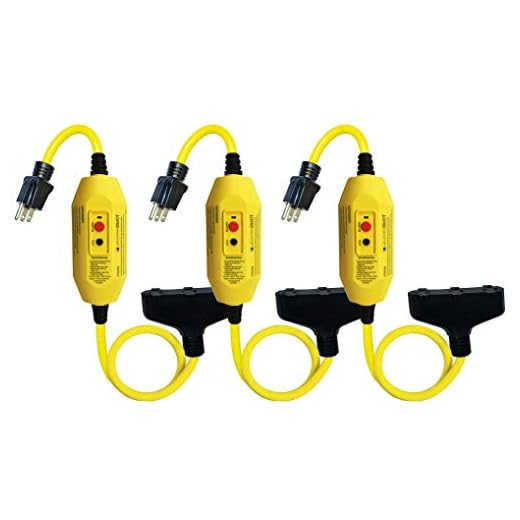


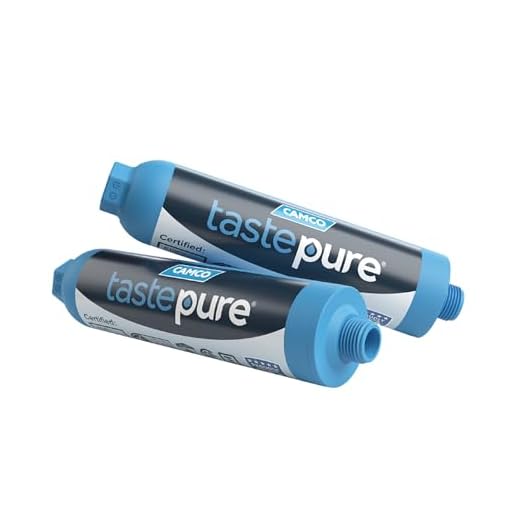
Using a high-pressure cleaning device with groundwater is absolutely feasible, provided certain conditions are met. Make sure the water supply is adequate, as these machines require a consistent flow to function effectively. Ideally, a minimum of 3-4 gallons per minute (GPM) is needed to prevent the unit from drawing in air, which can lead to damage.
Another consideration involves the quality of the groundwater. It’s important to ensure it’s free from excessive sediment or debris, as contaminants can clog filters and damage internal components. Regularly check and potentially install a sediment filter to maintain optimal performance.
When setting up the equipment, consider the suction strainer. This simple attachment prevents larger particles from entering the system, prolonging the life of the unit. If the source is particularly dirty, investing in a pre-filter might be a wise choice.
Finally, monitor the pressure levels. If they’re too low, the cleaning efficiency will be compromised. For brown water or significantly lower pressure sources, additional measures might be necessary to enhance flow, such as a booster pump. Adhering to these guidelines will ensure smooth operation and effective cleaning results.
Understanding the Compatibility of Pressure Washers and Well Water

Operating cleaning equipment sourced from groundwater is indeed feasible, but several factors must be scrutinised for optimal performance.
Here’s what I have found to be critical:
- Pressure Levels: Ensure the specific model can handle the lower pressure typically associated with well systems. Some units might require a minimum psi that may not be achieved with well water.
- Flow Rate: Well systems often possess lower flow rates. Verify that the chosen device operates efficiently within the flow parameters available. Many models specify necessary gpm for effective operation.
- Filters: Install appropriate filtration to prevent sediment blockage within the equipment. Well water may carry minerals and debris that could damage internal parts.
- Temperature: Confirm that the temperature of the water from the well aligns with the requirements of the unit. Cold water models might not efficiently clean surfaces like warmer alternatives.
In practical terms, many find that employing an additional pressure tank can assist in maintaining stable pressure levels while using this source. It can ensure a constant supply without sudden drops that may disrupt the cleaning process.
Conduct proper testing before commencing extensive projects. Observing how the machinery interacts with groundwater in real-world situations can inform future approaches and adjustments.
Assessing Water Pressure and Flow Rate from Your Well
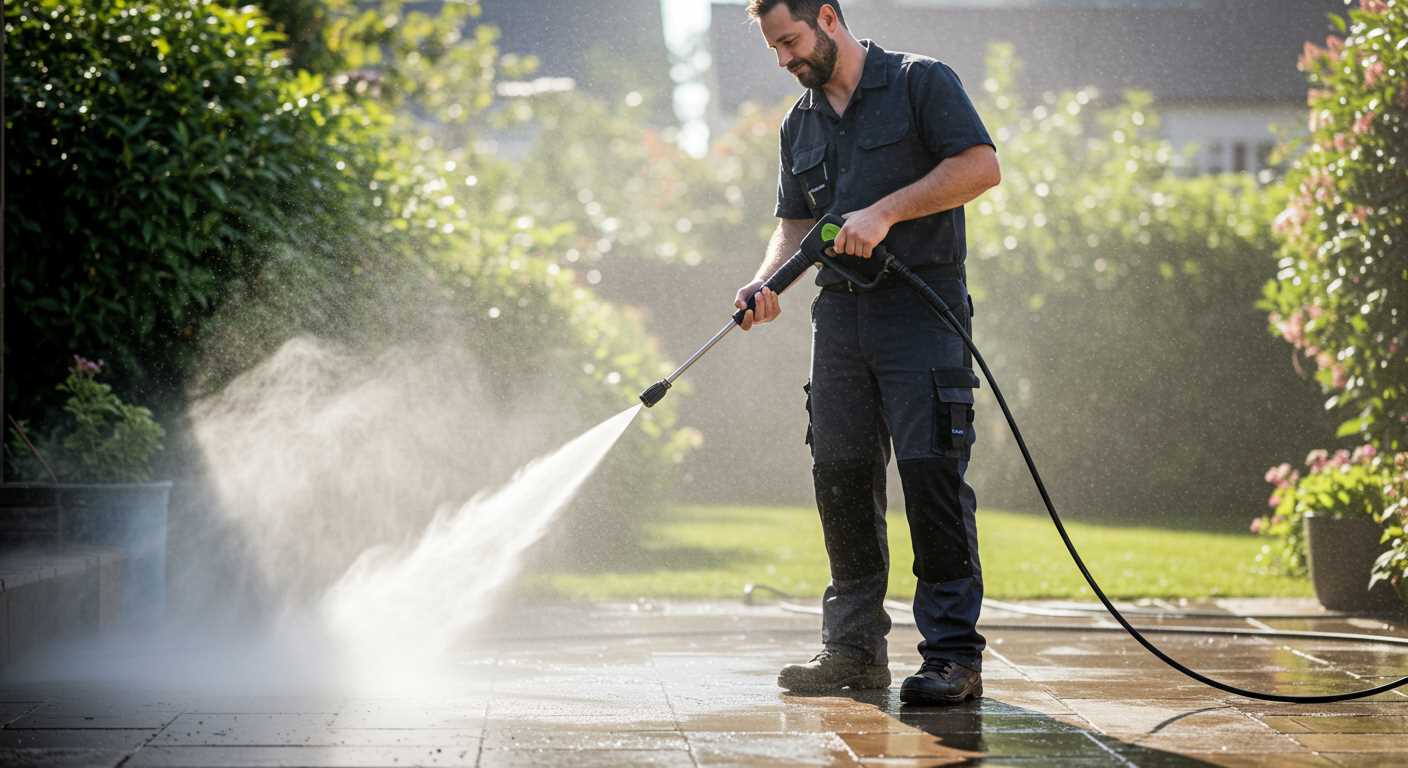
Measure the static water level in the well. This indicates the amount of water available before any usage. If the static level is significantly lower than the maximum depth of your well, the system might struggle under continuous use, impacting performance.
Test the dynamic water pressure while operating appliances. This can be done by checking the pressure gauge when drawing water. A minimum of 40 psi is recommended for optimal performance in cleaning tools. If readings drop below this level, consider a pump upgrade or a pressure tank installation to maintain consistent flow.
Evaluating Flow Rate
Determine the flow rate by timing how long it takes to fill a container of known volume, such as a 5-gallon bucket. A flow rate of at least 3-4 gallons per minute is ideal for cleaning tasks. If the flow is inadequate, alternative solutions might include increasing pipe diameter or using a variable speed pump.
Monitoring Well Recovery Rate
Check the recovery rate, which is how quickly the well replenishes after use. This can be essential if several devices will operate simultaneously. A recovery capacity of 5 gallons per minute or more is preferable. If your system struggles, scheduling use during off-peak hours can help manage demand.
Keep an eye on water quality as well; sediment and minerals can significantly affect equipment lifespan. Performing regular maintenance and filtering can mitigate this. Regular assessments of these key factors will ensure efficient performance and longevity of any equipment employed.
Choosing the Right Equipment for Well Water Use
Opt for an electric model over a gas-powered alternative. Electric versions typically have less strain on components, which is beneficial for variable water sources. Select a unit with adjustable pressure settings, allowing fine-tuning for different tasks while being mindful of flow limitations.
Pay attention to the inlet filter. Choose a machine with a high-quality, easy-to-clean filter that prevents debris from entering the system, which is critical when drawing from a well. A filter basket can be an excellent addition to enhance protection.
Look for models featuring a built-in pressure regulator. This will help manage fluctuations in water pressure, ensuring optimal operation despite changes in supply. A pressure regulator adds longevity by protecting internal mechanisms from unexpected surges.
Consider durability and materials. Opt for those constructed with corrosion-resistant components to handle potential mineral content in well-sourced fluids. Stainless steel or reinforced plastics are preferred to resist adverse effects over time.
Examine compatibility with attachments. Ensure the chosen equipment allows various nozzles and accessories, offering flexibility for diverse cleaning tasks while accommodating any limitations presented by your water source.
Seek out reputable brands with positive reviews, particularly regarding performance with non-traditional supplies. User feedback will offer insights into real-world applications and highlight any necessary adjustments needed for optimal use.
Review warranty and customer service options. A solid warranty reflects the manufacturer’s confidence in their product, which is essential if you encounter operational issues related to the unique demands of your water supply.
Impacts of Hard Water on Pressure Washer Components
For optimal performance and longevity, ensure to flush hard minerals out of the system regularly. The presence of hard water can lead to mineral build-up, which can severely compromise the functionality of components. This build-up often manifests as scale deposits in hoses, pumps, and nozzles, ultimately affecting flow rate and pressure.
Key Components Affected
.jpg)
The pump is particularly vulnerable to the negative effects of hard substances. Scale formation can restrict the internal passages, causing the pump to work harder and shortening its lifespan. Regular inspections and cleanings are necessary to prevent this issue. Additionally, the nozzle can become clogged, resulting in uneven spraying patterns.
Preventive Measures
.jpg)
Incorporating a water softener into the system can significantly mitigate these effects. This technology changes the structure of minerals, preventing them from forming damaging deposits. Furthermore, consider using a dedicated descaling agent periodically to keep the system running smoothly. A proactive maintenance routine will ensure greater reliability and efficiency in your cleaning tasks.
Regular Maintenance Tips for Pressure Washers Using Well Water
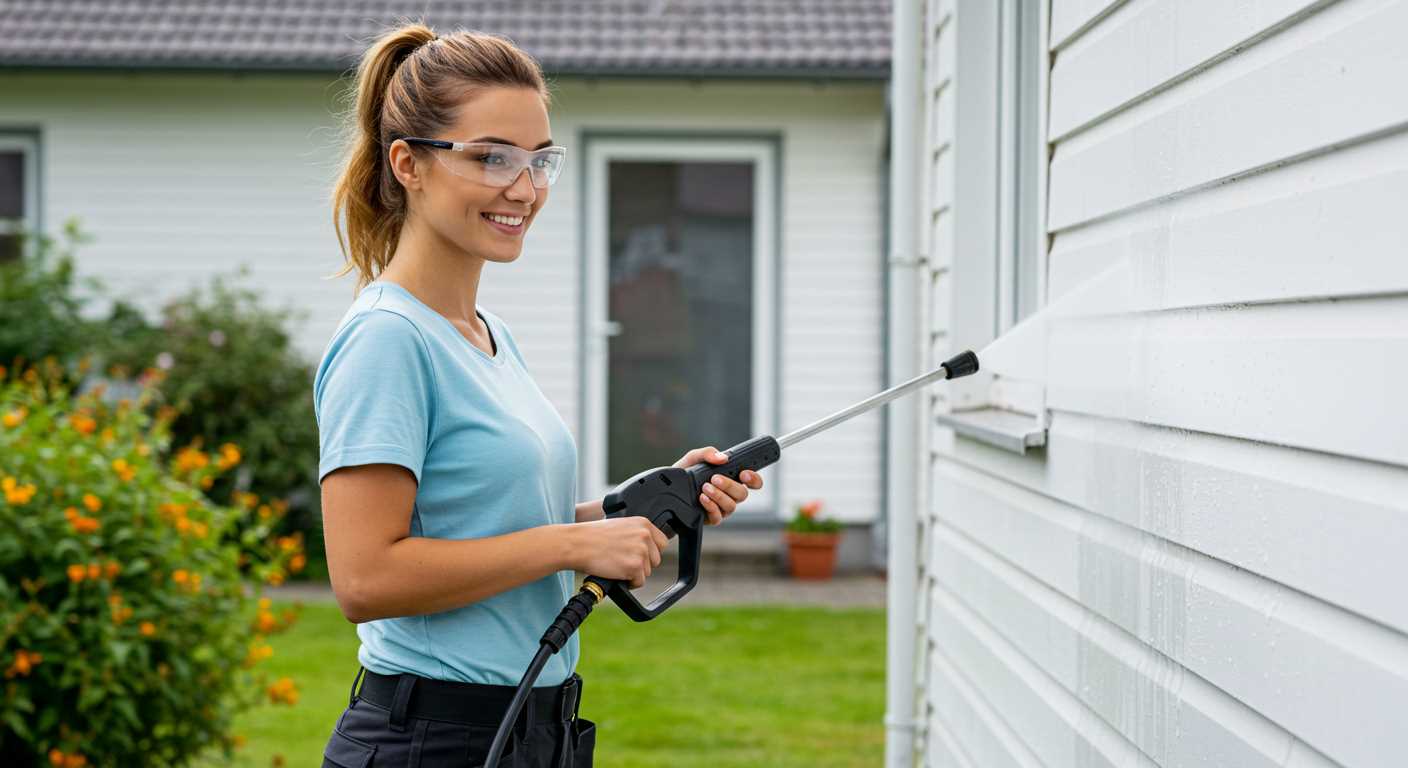
Regular maintenance is crucial to ensure longevity and optimal performance. Follow these specific recommendations to keep your equipment running smoothly.
Routine Checks
Conduct frequent inspections of all connections, hoses, and fittings for any signs of wear or leakage. Replace damaged components immediately to prevent further issues.
Water Quality Management
Install an inline water filter to eliminate sediments and minerals before they reach the pump. This will significantly reduce wear on internal components. Additionally, flush the system with clean water after each use to dislodge any accumulated debris.
Descaling Procedures
If mineral build-up becomes evident, use a descaling solution to maintain efficiency. Follow the manufacturer’s instructions for dilution and application to avoid damage.
Seasonal Maintenance
Before winter, ensure the unit is free from water to prevent freezing. Store the machine in a dry, sheltered environment. Apply oil to moving parts to prevent rust during long-term storage.
Storage and Handling
Ensure hoses are coiled properly and stored without kinks. Avoid dragging the machine on hard surfaces to prevent damage.
| Task | Frequency | Notes |
|---|---|---|
| Inspect hoses and connections | Weekly | Replace any damaged items immediately. |
| Change inline filter | Monthly | More frequently if water quality is poor. |
| Descale system | As needed | Depends on hardness of the water. |
| Winter prep | Annually | Clear all water to prevent freezing. |
Implementing these strategies will enhance the lifespan and reliability of your machine. Regular attention to detail can lead to more efficient and effective cleaning operations.
Safety Considerations When Using Well Water for Pressure Washing
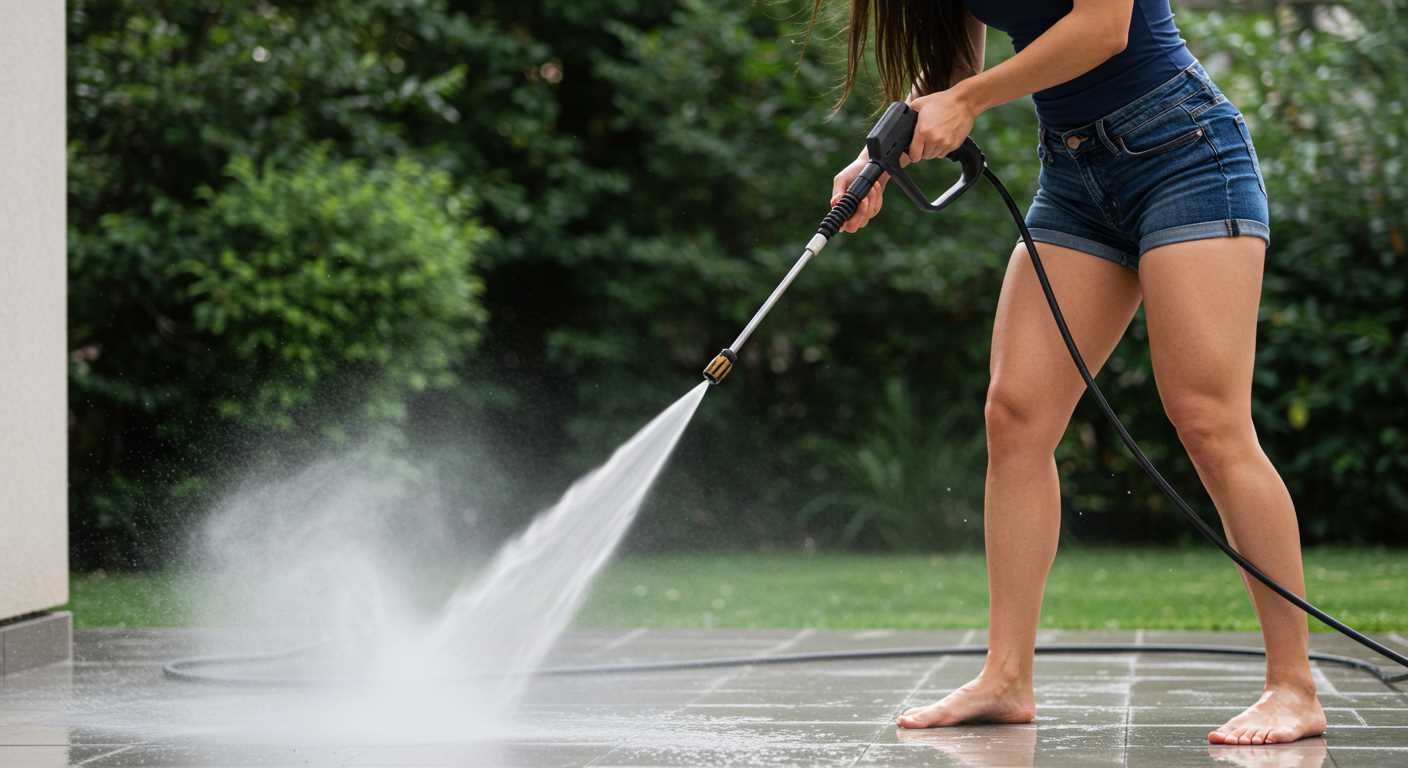
Before proceeding, ensure that all electrical connections are safeguarded from water exposure. Utilizing a GFCI (Ground Fault Circuit Interrupter) is advisable to prevent electrical hazards, especially in outdoor settings. Position the equipment on a stable surface to minimize the risk of tipping or sliding during operation.
Inspect hoses thoroughly for leaks or wear. A rupture could lead to sudden water discharge, creating slip hazards. When connecting your equipment to the suction side of your water system, ensure that all fittings are tight and secure to prevent any accidental disconnections.
Monitor the water quality consistently. Sediment and debris can obstruct hoses and nozzles, leading to potential malfunctions. It’s beneficial to use a sediment filter to protect your device from particulates commonly found in well sources. Regularly check and clean any filters as part of your maintenance routine.
During periods of heavy use, be mindful of your water supply levels. Running out of water while the machine is operational can cause overheating and damage to internal components. Familiarize yourself with the signs of low water availability and prepare accordingly.
Wear appropriate protective gear, including gloves and safety goggles, to shield against potential chemical exposure from detergents or environmental factors. Strong water jets can also pose risks to skin and eyes; hence, maintaining a safe distance while operating is crucial.
Finally, after completing the task, properly clean the equipment to remove any residue that may impair future functionality. Store your tools and hoses in a sheltered area to prolong their lifespan and maintain operational integrity for future use.
FAQ:
Can I safely use a pressure washer with water from my well?
Yes, you can use a pressure washer with well water. However, it is crucial to ensure that the water supply is consistent and can maintain an adequate flow rate for the pressure washer to function properly. Excessively low water levels can cause the pump to overheat and potentially damage the machine. It’s recommended to check the pressure washer’s specifications for minimum flow requirements and monitor your well’s water levels before starting your cleaning tasks.
Are there any special precautions I should take when using a pressure washer with well water?
When using a pressure washer with well water, there are several precautions to consider. First, ensure that the water is free from significant debris or sediment that could clog the pressure washer’s inlet filter. You may want to use a sediment filter or strainer to protect the machine. Additionally, check your well’s capacity and avoid running the pressure washer for extended periods, as this might deplete your water supply. Regularly inspect the plumbing and hoses connected to the pressure washer for any signs of wear that could lead to leaks or other issues. By taking these steps, you can help maintain the efficiency of your pressure washer while using well water.



